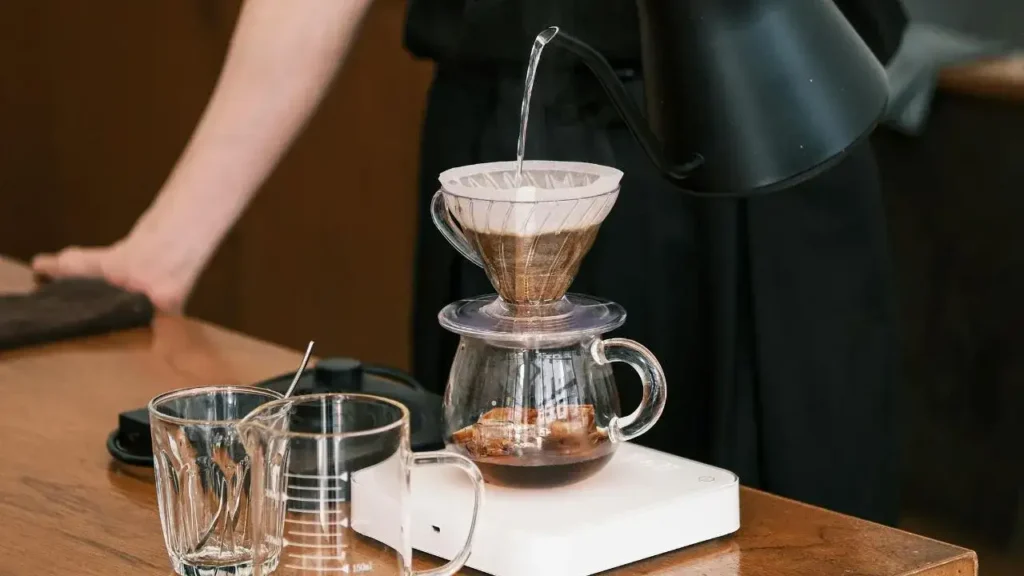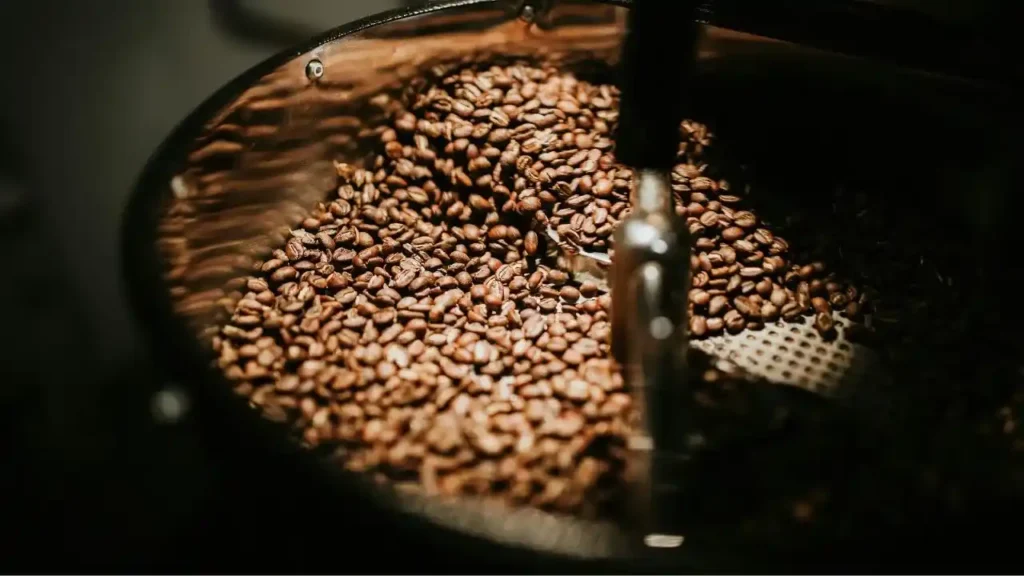Brewing coffee is both an art and science, and mastering the basics can significantly enhance your coffee experience. Whether you’re a novice or a seasoned coffee lover, understanding the fundamental principles of coffee brewing will help you achieve a consistently great cup. In this guide, we’ll cover the essentials of coffee brewing, including key techniques, equipment, and tips to ensure you brew the perfect cup every time.
Understanding Coffee Brewing Basics
1. Coffee Beans and Grind Size
Coffee Beans
The quality of your coffee starts with the beans. Freshly roasted coffee beans are crucial for a flavorful cup. Choose high-quality beans and grind them just before brewing to preserve their freshness and aroma.
Grind Size
The grind size of your coffee beans affects extraction and flavor. Different brewing methods require specific grind sizes:
- Coarse: Ideal for French press and cold brew.
- Medium: Suitable for drip coffee makers and pour-over.
- Fine: Best for espresso machines and some Turkish coffee.
2. Water Quality and Temperature
Water Quality
Use filtered or bottled water to avoid impurities that can affect the taste of your coffee. Tap water with high mineral content can also alter the flavor.
Water Temperature
The optimal brewing temperature for coffee is between 195°F and 205°F (90°C to 96°C). Water that is too hot can burn the coffee grounds, while water that is too cool may result in under-extraction.
3. Coffee-to-Water Ratio
The coffee-to-water ratio determines the strength and flavor of your coffee. A general guideline is:
- 1 to 2 tablespoons of coffee per 6 ounces of water.
Adjust the ratio based on your taste preferences and the brewing method.
Popular Coffee Brewing Methods
1. Drip Coffee Maker
How It Works
Drip coffee makers use a filter to brew coffee by dripping hot water over coffee grounds. The coffee then drips through the filter and into a carafe or pot.
Tips for Drip Coffee
- Use a medium grind size.
- Ensure the coffee maker and filter are clean.
- Adjust the coffee-to-water ratio to suit your taste.
2. French Press
How It Works
The French press involves steeping coarsely ground coffee beans in hot water, then pressing the plunger to separate the grounds from the brewed coffee.
Tips for French Press
- Use a coarse grind size.
- Steep for about 4 minutes.
- Preheat the French press with hot water before brewing.
3. Pour-Over
How It Works
Pour-over coffee is brewed by manually pouring hot water over coffee grounds in a filter. The coffee then drips through into a carafe or mug.
Tips for Pour-Over
- Use a medium-coarse grind size.
- Pour in a slow, circular motion for even extraction.
- Allow the coffee to bloom before fully pouring.
4. Espresso
How It Works
Espresso machines use high pressure to force hot water through finely ground coffee beans, producing a concentrated shot of coffee.
Tips for Espresso
- Use a fine grind size.
- Ensure your espresso machine is properly calibrated.
- Tamp the coffee grounds evenly for optimal extraction.
5. Cold Brew
How It Works
Cold brew coffee involves steeping coarsely ground coffee beans in cold water for 12 to 24 hours, then filtering the grounds to produce a concentrated coffee extract.
Tips for Cold Brew
- Use a coarse grind size.
- Steep in the refrigerator to prevent over-extraction.
- Dilute the concentrate with water or milk before serving.
Key Factors for Perfect Coffee Brewing
1. Consistency
Consistency in grind size, coffee-to-water ratio, and brewing time is key to brewing great coffee. Use a scale to measure coffee and water for accuracy.
2. Freshness
Fresh coffee beans and clean equipment are essential for the best flavor. Store beans in an airtight container and clean your coffee maker regularly.
3. Experimentation
Don’t be afraid to experiment with different grind sizes, brewing times, and ratios to find what works best for your taste. Each brewing method has its nuances, and finding the perfect balance will enhance your coffee experience.
Common Coffee Brewing Mistakes to Avoid
1. Using Stale Coffee Beans
Stale beans can result in a flat or dull flavor. Use freshly roasted beans for the best taste.
2. Incorrect Grind Size
Using the wrong grind size can lead to over-extraction or under-extraction. Match the grind size to your brewing method for optimal results.
3. Skipping Measurements
Eyeballing measurements can lead to inconsistent results. Use a scale to measure coffee and water for accuracy.
4. Ignoring Brew Time
Brewing for too long or too short can affect the flavor. Stick to the recommended brewing times for your chosen method.
Conclusion
Mastering the basics of coffee brewing is the first step towards enjoying a consistently great cup of coffee. By understanding the key elements—such as coffee beans, grind size, water quality, and brewing methods—you can elevate your coffee experience and tailor it to your preferences. At BrewClan Coffee, we offer a range of premium beans and resources to help you perfect your brewing technique. Explore our offerings and start brewing your perfect cup today.



